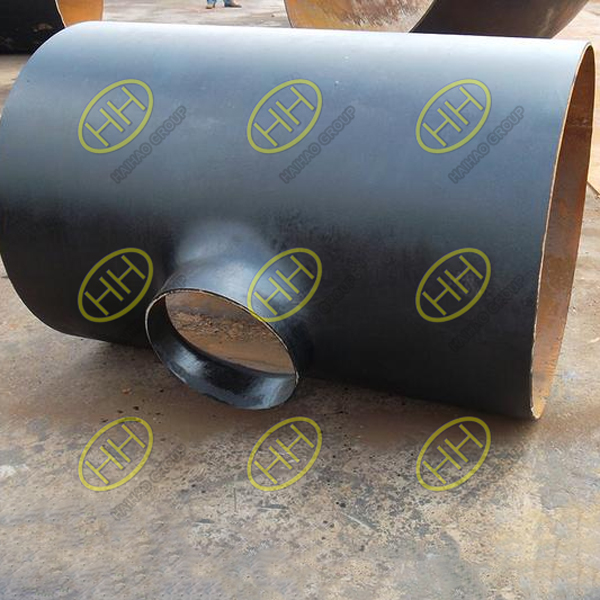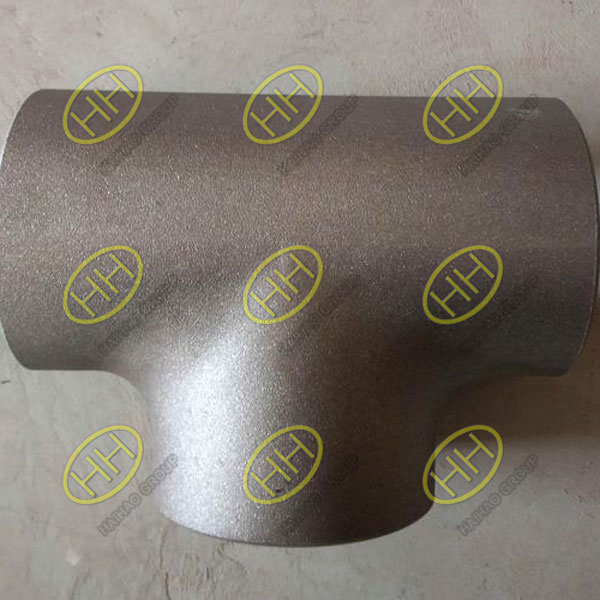The differences in design, application and flow dynamics between reducing tee and straight tee
In piping systems, tees are essential fittings used to combine or split fluid flow. Two common types of tees are the reducing tee and the straight tee. While they serve similar purposes, their structural differences influence their specific applications and the dynamics of fluid flow through them.
Reducing Tee: Design and Applications
A reducing tee, also known as a reducer tee, has three outlets: one inlet of a standard size and two outlets, where one outlet has a smaller diameter than the other. This design creates a transition between two different pipe sizes, allowing for a smooth flow from larger to smaller piping systems or vice versa.
Applications:
Commonly used in systems where the flow needs to be distributed or redirected to pipes of different diameters.
Ideal for applications in process industries, such as chemical or petrochemical plants, where varying flow capacities are required.
Frequently found in irrigation systems or plumbing setups where pressure adjustments between pipes of different sizes are needed.
Straight Tee: Design and Applications
A straight tee, also called an equal tee, has three outlets of the same diameter. The design ensures uniform distribution of flow across all outlets, making it suitable for systems where consistent flow and pressure are critical.
Applications:
Widely used in pipelines where fluid or gas needs to be split into two equal branches or where two streams merge into one.
Suitable for industrial and domestic water supply systems, HVAC setups, and gas distribution networks.
Common in scenarios where symmetry and balance in the piping system are required.
Key Differences in Flow Dynamics
Reducing Tee:
The transition in diameter causes a change in flow velocity. Fluid or gas entering through the larger inlet accelerates when moving into the smaller outlet due to the reduction in cross-sectional area.
This makes reducing tees useful for maintaining or increasing pressure in certain sections of a pipeline.
Straight Tee:
Ensures an even distribution of fluid or gas across the three outlets due to its uniform design.
This balance minimizes turbulence and ensures a steady flow rate, which is essential in systems requiring consistent pressure.
Visual Distinction
Reducing Tee: One branch is visibly smaller than the other two outlets.
Straight Tee: All three outlets are of equal diameter, giving it a symmetrical appearance.
Choosing Between Reducing Tee and Straight Tee
The choice between a reducing tee and a straight tee depends on the system’s specific requirements:
Use a reducing tee for systems where pressure changes or diameter transitions are necessary.
Opt for a straight tee in applications requiring even distribution of flow or symmetrical pipeline branching.
Both types of tees are integral to the functionality of piping systems, and understanding their design and application helps ensure efficient system performance and reliability. Email:sales@haihaogroup.com


